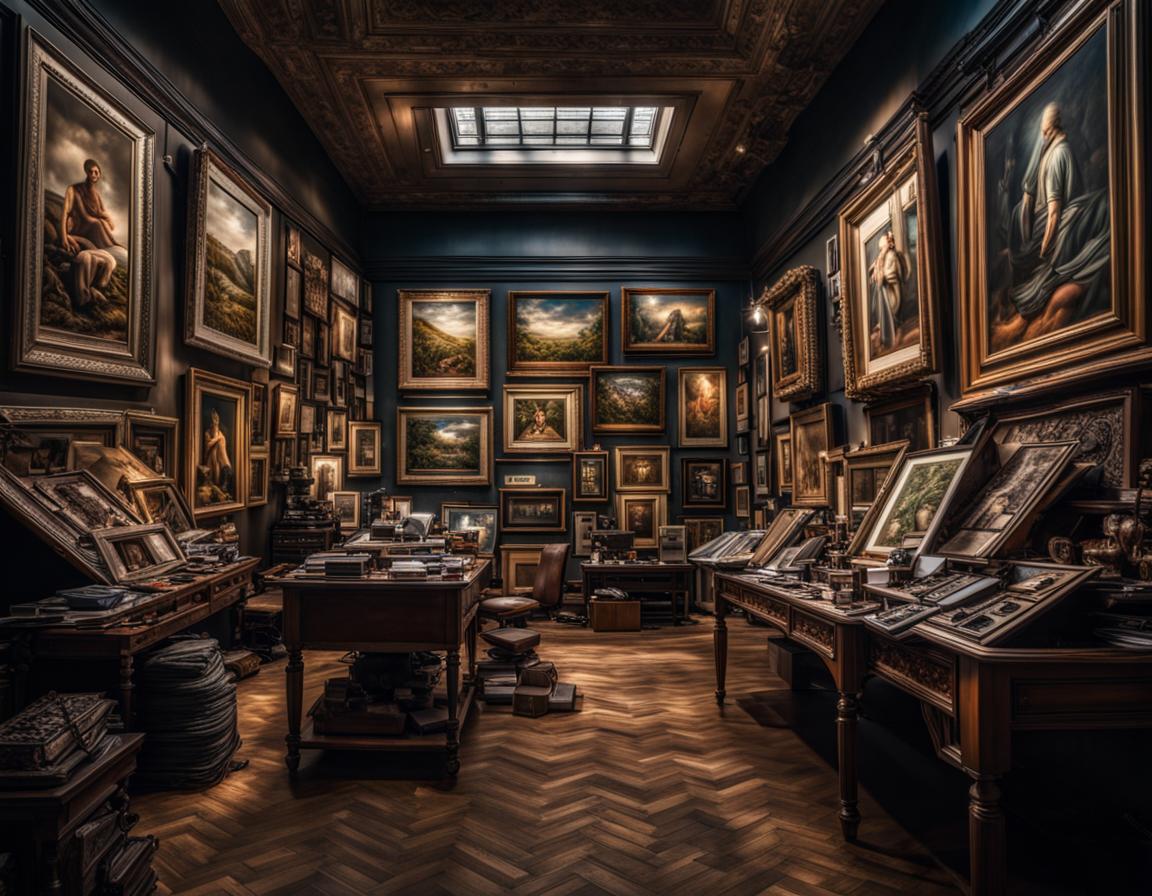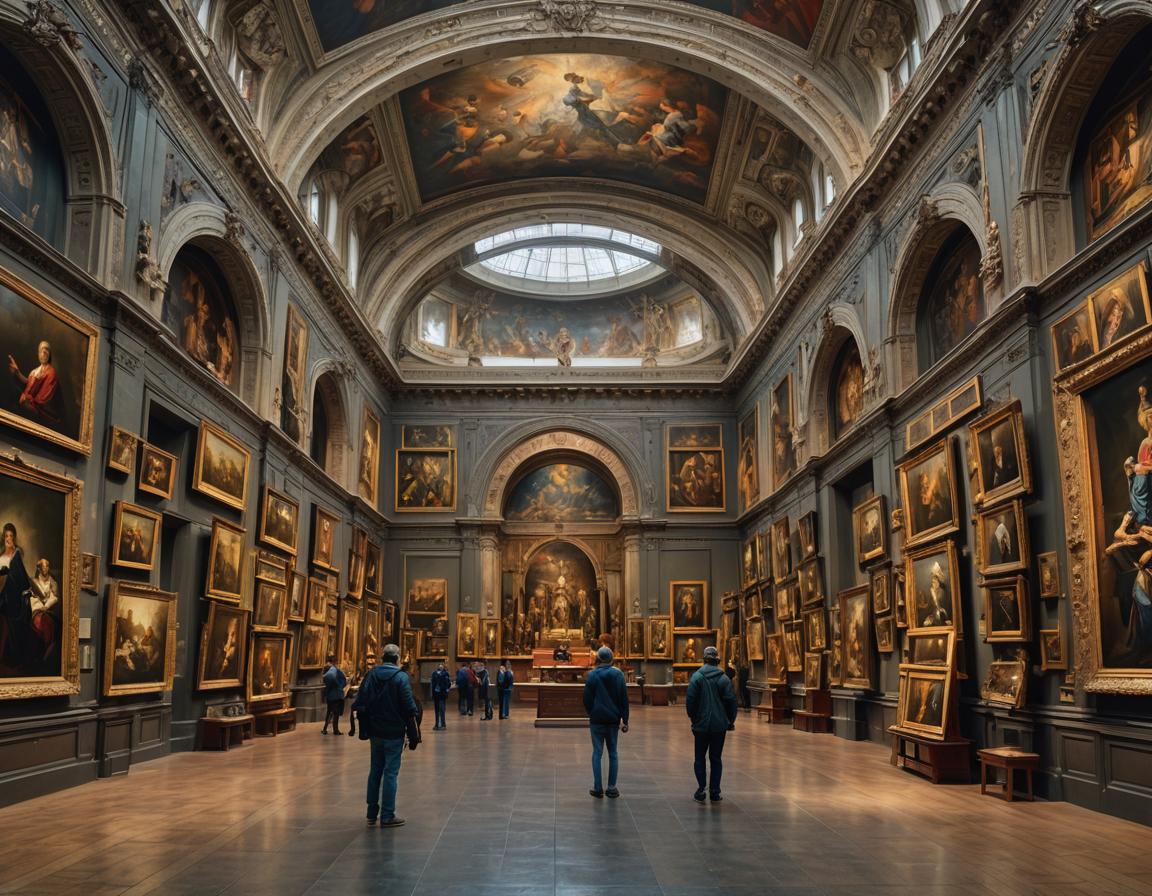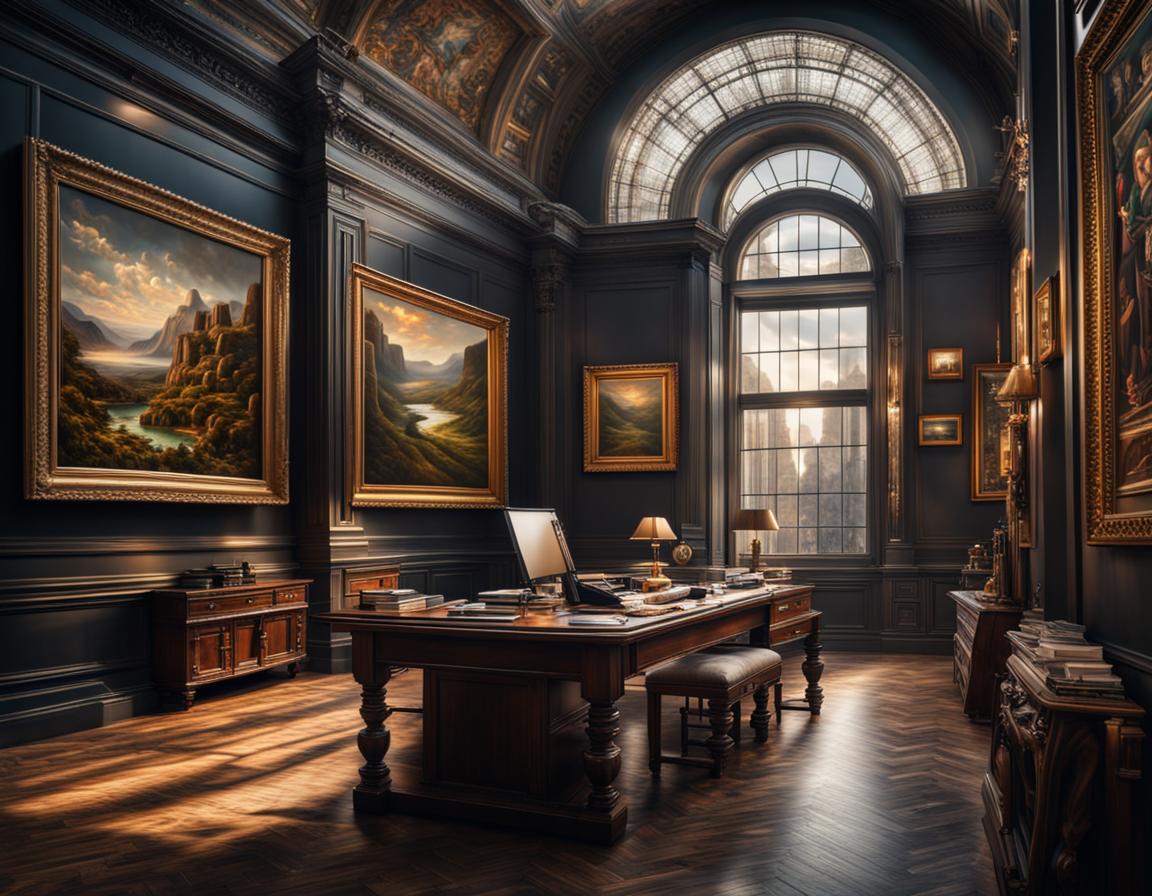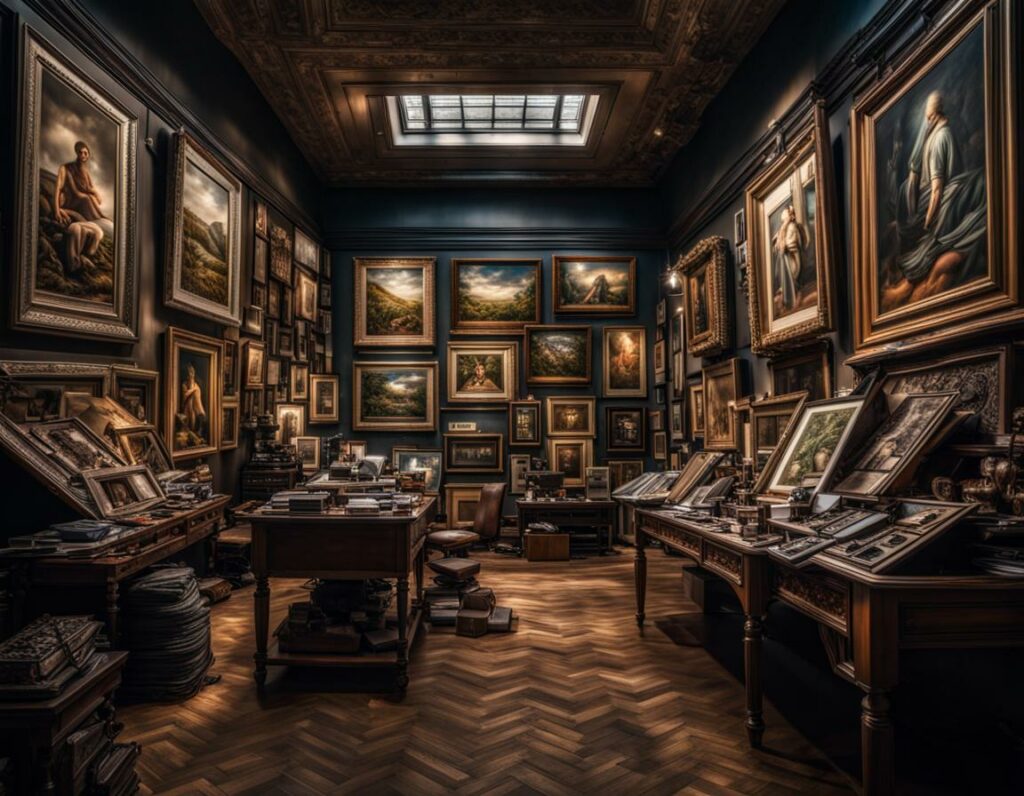
Introduction
Art, in all its forms, has long captivated the human spirit and served as a testament to our creativity, culture, and emotions. Yet, beyond its profound aesthetic value, art has also emerged as a powerful financial asset. In recent decades, the art market has evolved into a realm where not only the beauty of creation is celebrated but where financial opportunities abound. The concept of art as a financial asset has opened doors to new opportunities and challenges, raising questions about the delicate balance between the cultural and economic facets of art. Moreover, the growing popularity of art as a financial investment has shed a light on the need for robust and strict financial regulations to ensure transparency, integrity and fairness.
Regulatory challenges in the art market
Some argue that the art market is best left to self-regulation, while others insist on government intervention. However, recent trends show a notable shift toward a more “interventionist” approach among collectors, with an increasing number favoring government regulation to restore trust in the art market.
Those who contend that the art market should be left to self regulation argue that it should operate with minimal government interference to maintain a free and open market. They believe that excessive regulations could stifle creativity and entrepreneurship within the art world. Moreover, they argue that the high degree of secrecy in the art market is often seen as necessary to protect collectors’ privacy and that the art market is better suited to regulate itself because of its specialized nature.
On the other hand, those advocating for government intervention in the art market point to several compelling reasons for this shift in approach. One of the most significant concerns is the issue of money laundering and illicit finance as highlighted by the 2023 Money Laundering and Terrorist Financing in the Art and Antiquities Market Report. The art market’s secrecy and anonymity can be exploited for nefarious purposes, enabling criminals to hide the proceeds of their illicit activities. As a result, government intervention is seen as a necessary means to implement anti-money laundering (AML) and counter-terrorist financing (CTF) regulations. These regulations can help prevent and detect criminal abuse of the art market. Government oversight can help establish regulations that require the disclosure of beneficial ownership and transaction information, ultimately promoting greater transparency and accountability.
Moreover, given the global nature of the art market that operates across international borders, government intervention can create consistent regulations across jurisdictions, helping prevent regulatory arbitrage where illicit funds can move easily from one country to another.
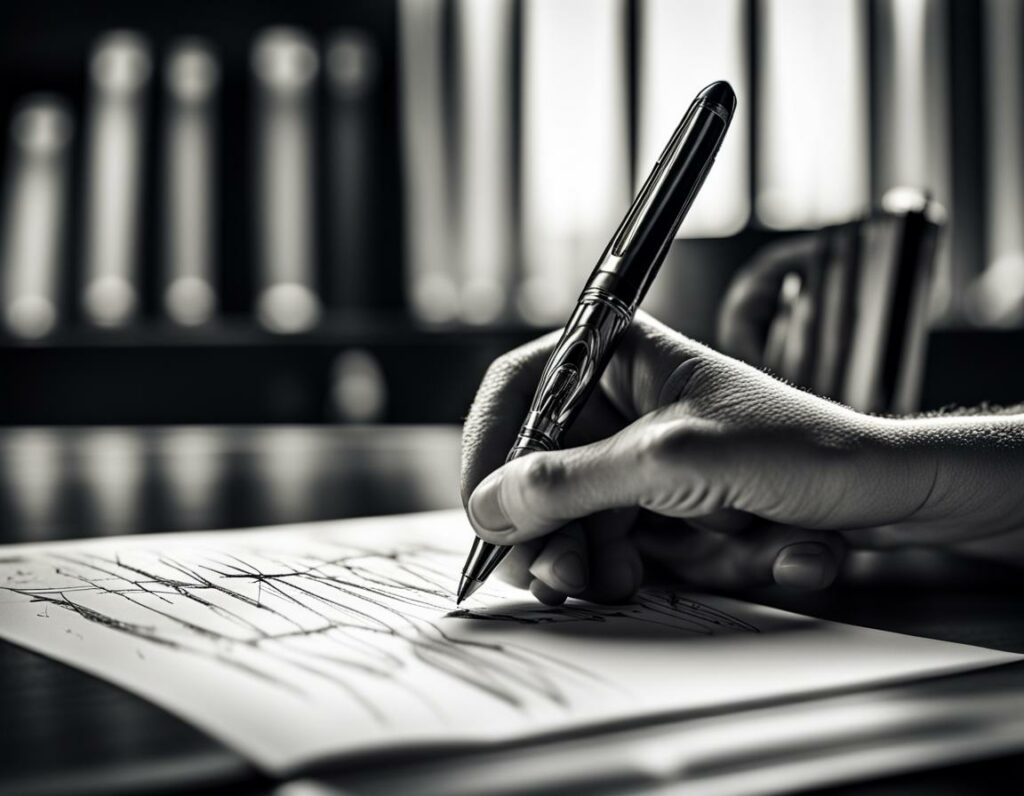
Is there an official and regulated market?
There is no single, centralized, or globally regulated art market. Instead, the art market is decentralized and comprises various segments, including galleries, auction houses, art fairs, and private sales. Different countries and regions may have their own regulations and regulatory bodies overseeing aspects of the art market. For instance:
- In the United States, the IRS has guidelines on the taxation of art transactions, and the Financial Crimes Enforcement Network (FinCEN) enforces AML regulations.
- The European Union has implemented AML and KYC regulations for art transactions, and various countries within the EU have their own art-related regulations.
- United Kingdom has implemented the already existing AML regulation with stricter requirements for Art Market participants who trade in or act as intermediaries in the sale or purchase of art worth €10,000.
It’s important to highlight that the art market’s decentralized nature may result in it receiving less attention compared to other sectors with more pressing or widely recognized issues. Additionally, some governments may have concerns about stifling creativity, commerce, or discouraging international art trade by imposing stringent regulations. For this reason, balancing the need for oversight with supporting a thriving art market is a delicate task.
Conclusion
In conclusion, the evolving landscape of the art market, where culture and finance converge, presents a unique set of challenges that continue to spark debates about the necessity of financial regulation. Recent trends indicate a shifting preference toward government intervention, particularly in response to concerns surrounding money laundering. However, the decentralized and specialized nature of the art market, coupled with the lack of a single, unified regulatory framework, adds layers of complexity to the debate. This fragmented regulatory landscape can inadvertently favor fraudulent and illegal transactions, but at the same time it helps to preserve the creative and unique nature of the art market: the challenge is to strike a delicate balance between oversight and preserving the art world’s creativity and allure.
Join ThePlatform to have full access to all analysis and content: https://www.theplatform.finance/registration/
Disclaimer: https://www.theplatform.finance/website-disclaimer/

